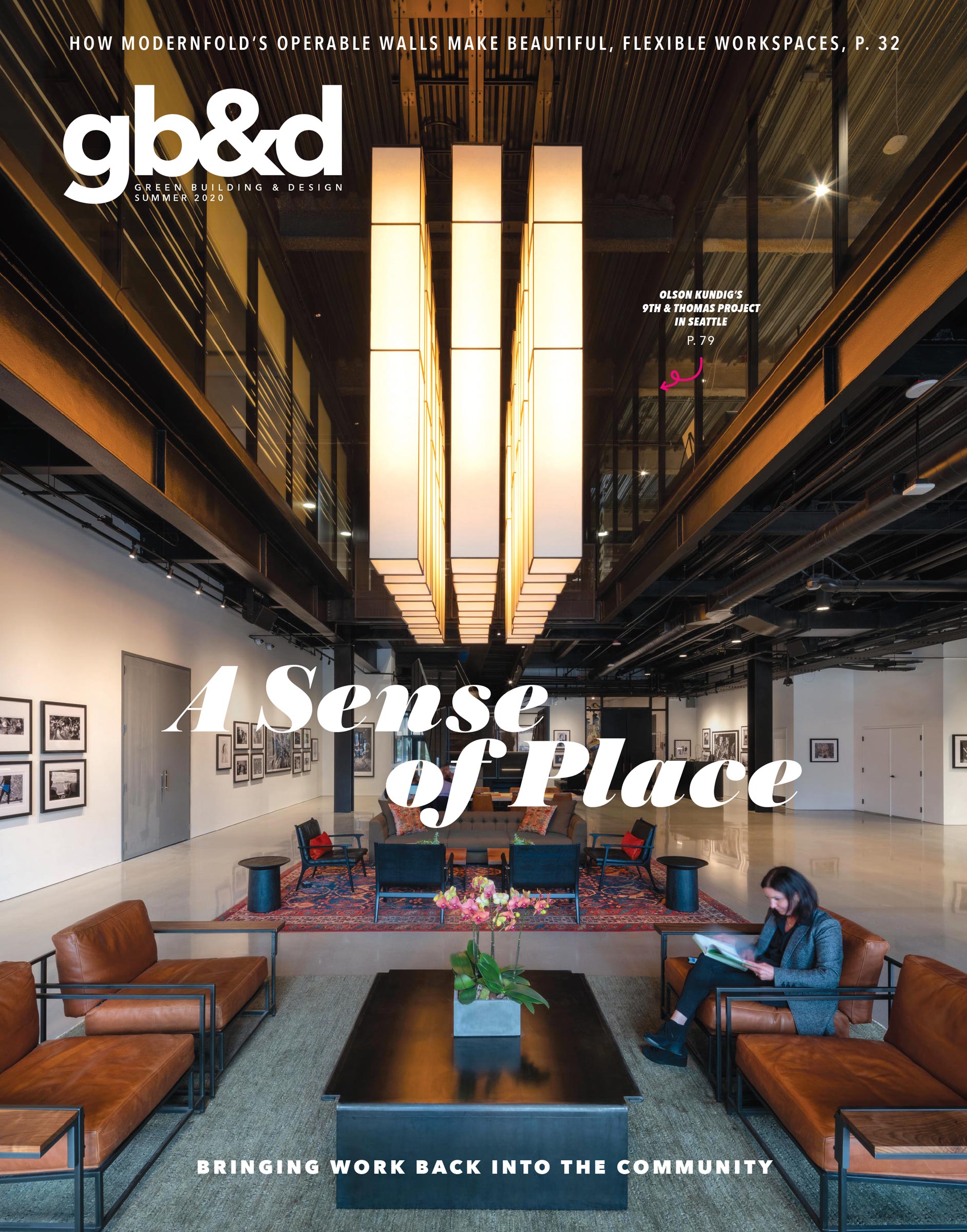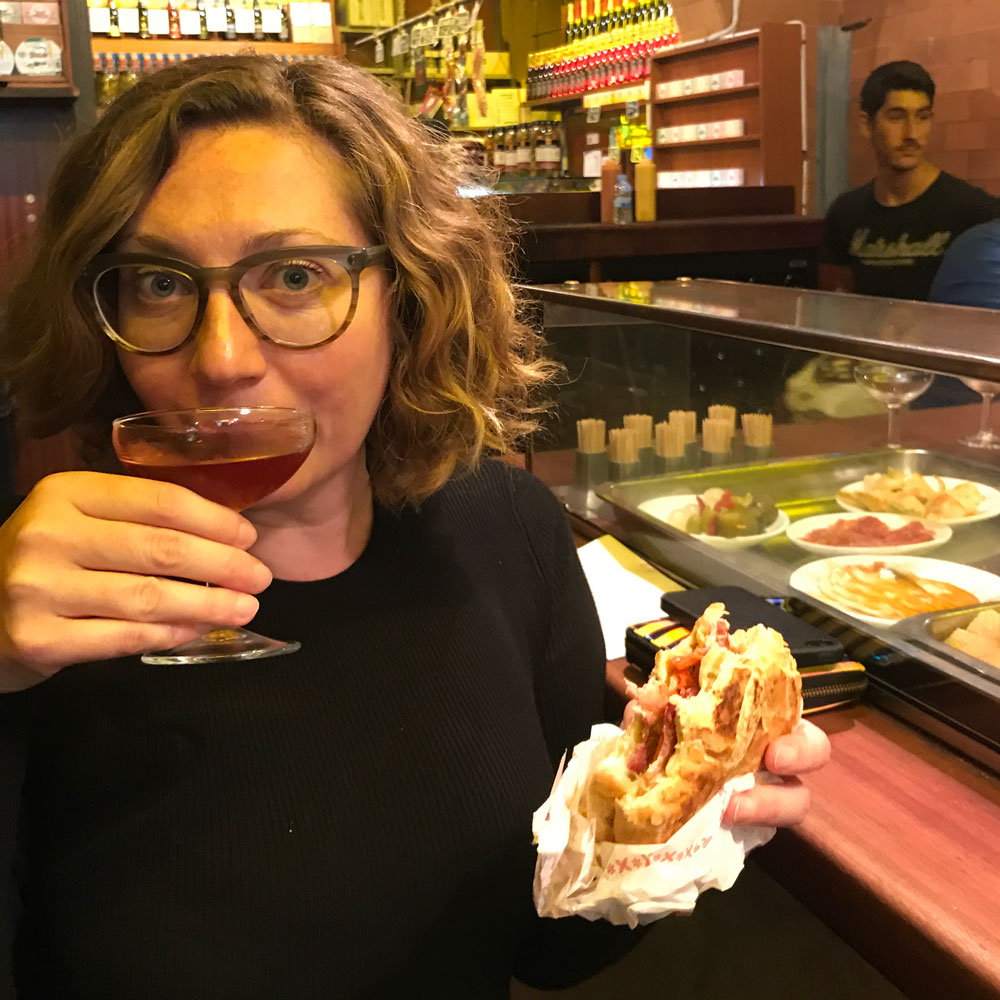How building with terra-cotta tile from Ludowici makes a sustainable arboretum even better
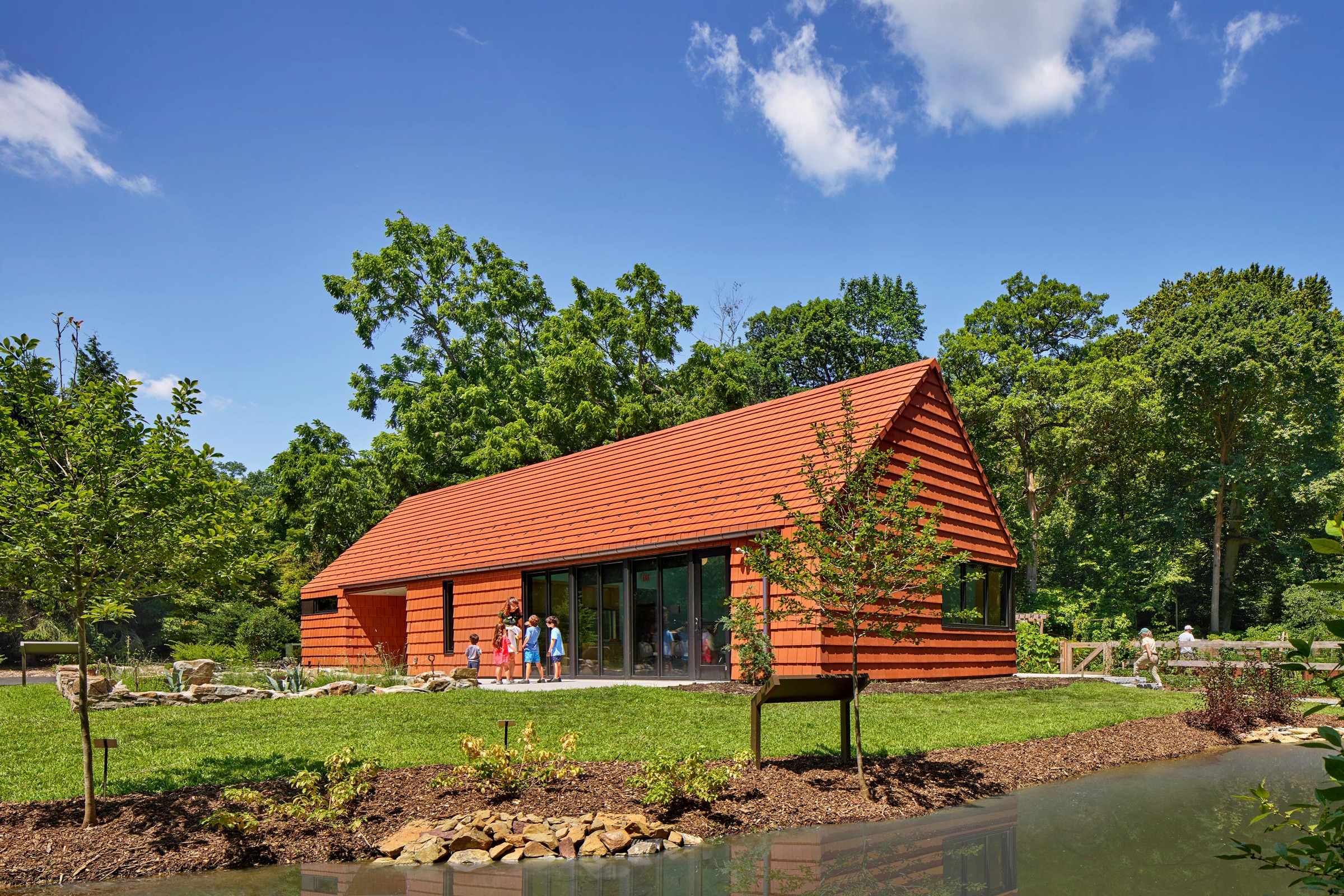
Tyler Arboretum’s living classroom building is entirely clad in terra-cotta tiles from Ludowici. Photo by Halkin Mason Photography
The Tyler Arboretum Edible Gardens—a nonprofit in Delaware County, Pennsylvania that offers “seed to table” learning about food systems and sustainability—is so very of-the-moment that it can be hard to remember that it was more than a century in the making. In cooperation with Tyler Arboretum and DIGSAU Architects, Ludowici, a 132-year-old leader in architectural terra-cotta clay tile products, built on their extensive experience to help create a structure that is simultaneously beautiful, highly functional, and completely reflective of a community mandate.
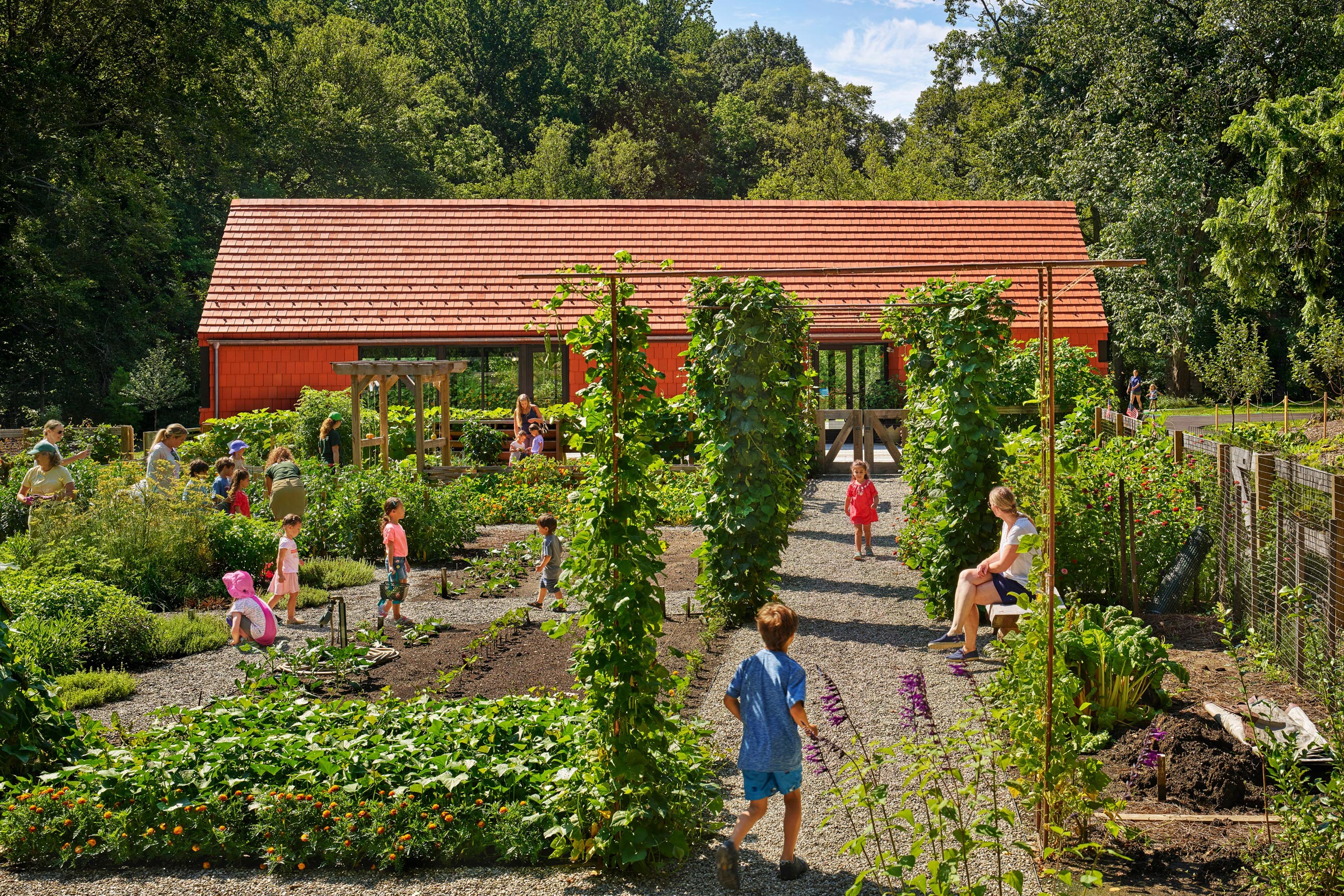
Over time, Ludowici’s terra-cotta tiles will host airborne microorganisms, pollens, and mosses—just like the natural materials that surround the arboretum. Photo by Halkin Mason Photography
The Tyler Arboretum is a “living classroom” with a series of teaching gardens, as it connects people back to their farming roots. The garden classroom serves as a gathering place for school groups, and any surplus produce will be donated to local food banks. Interior spaces are airy and open concept, and there’s a key standout design element: The entire building is clad in terra-cotta tiles—an undeniable physical “wow” factor that complements the outstanding work being done inside and out. Tab Colbert, CEO of Ludowici, calls the Tyler Arboretum “a real gem,” and there’s no question that applies to both the physical appearance of the structure and the community enrichment. “The arboretum was looking for a more natural material that could be incorporated into a natural setting, would last, and would really speak to the purpose,” he says.Sustainability was a top concern for this project. Colbert says when it comes to LEED certifications, roofing hasn’t traditionally been awarded an abundance of points because conventional shingles are an oil-based product. “They never really look at the life of the product,” he says. “We have applications that are 130 years old that are performing great.”
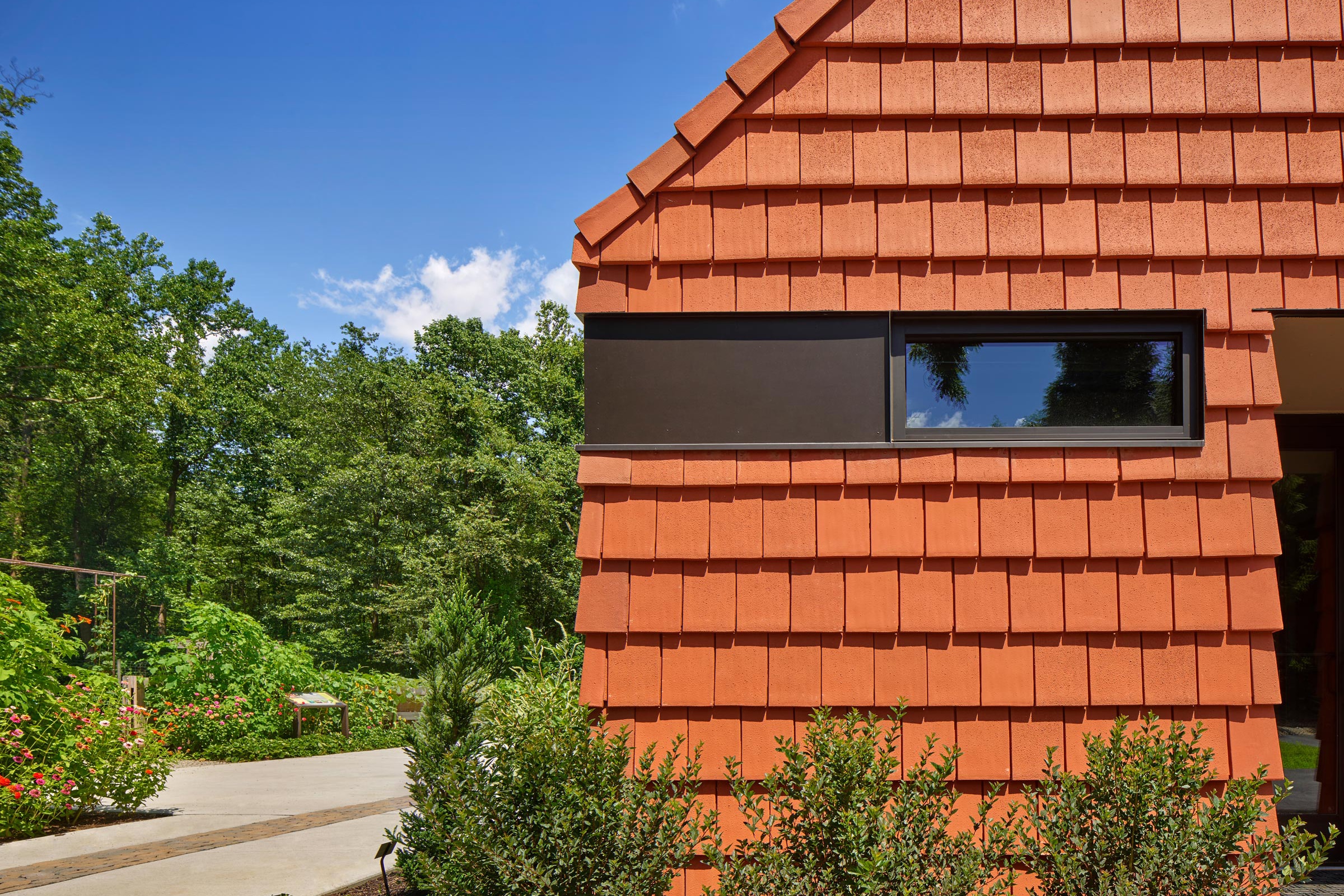
Tab Colbert, CEO of Ludowici, says terra-cotta is a “next level” sustainable material. Photo by Halkin Mason Photography
And terra-cotta, he says, is “next level” when it comes to sustainability. “When you’re looking for a product that’s reusable and recyclable, it completely fits that aim. We take a natural product, we dig up dirt, we put a lot of pressure on it, and then we bake it. That’s all we do. Our product is designed to last the life of the structure.” Even more, for this particular project, terra-cotta is reminiscent of the clay pots that are so familiar to home gardeners—which is a nice tie in to the grassroots work being done. Work on the arboretum was completed in 2019. Much of the project’s seamless installation can be attributed to the NexClad product line by terra-cotta manufacturer Terreal North America, a subsidiary of Ludowici. This system provides an economical, aesthetically pleasing, and low-maintenance small module cladding facade in a number of textures, colors, and sizes. “It’s innovative in the sense that it’s mechanically attached and smaller in scale, so you can do a lot more with it,” Colbert says. “We’re really excited about it.”
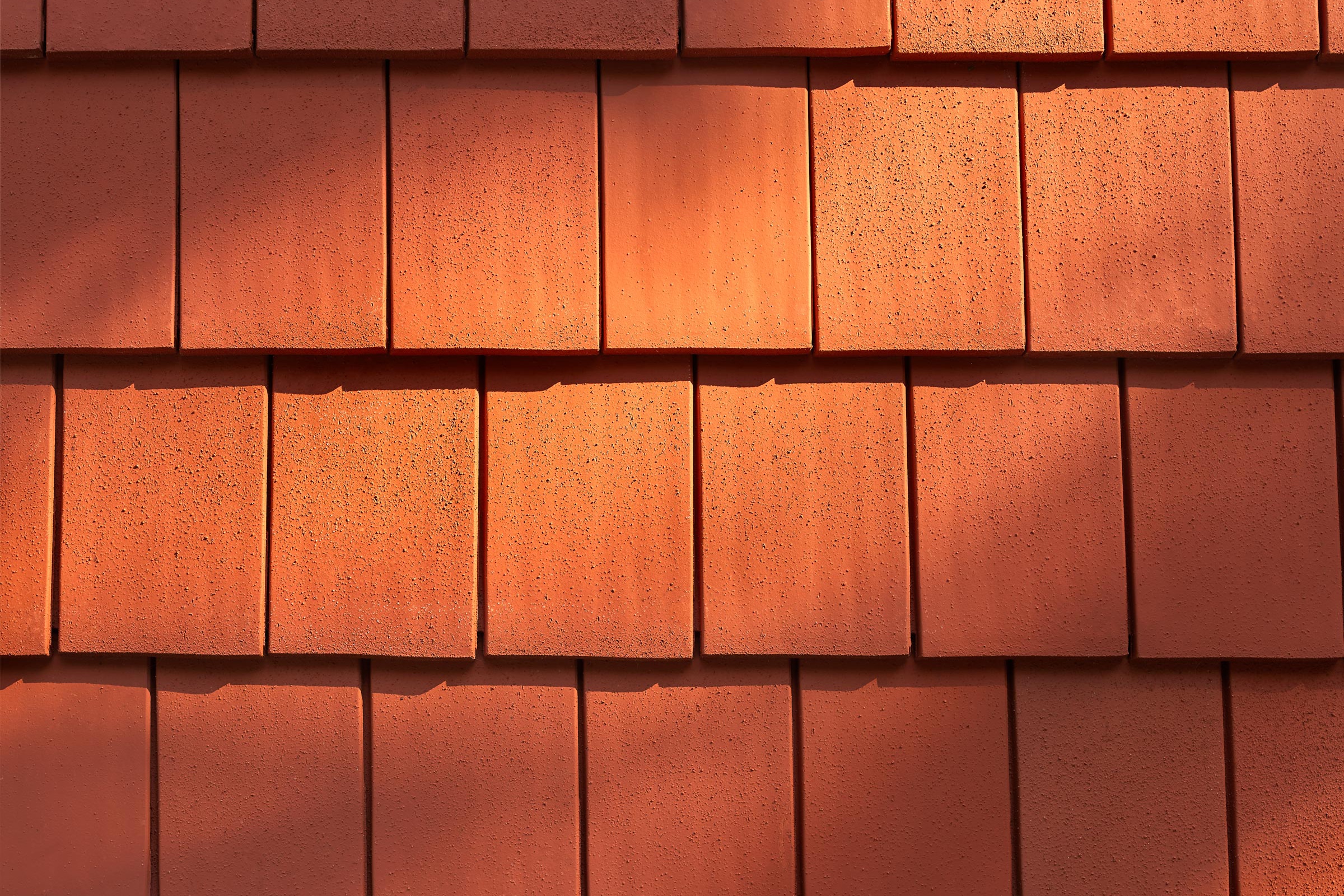
Terra-cotta is reminiscent of the clay pots that many home gardeners use—a nice tie in to the grassroots work being done at The Tyler Arboretum. Photo by Halkin Mason Photography
Colbert was also excited to work with DIGSAU Architects, who he credits for their dynamic and contemporary design. Jules Dingle, principal at DIGSAU, calls Colbert the hero of this project and says the collaboration nurtured his interest in the property of materials. “These terra-cotta tiles, which come out of the earth and reflect both centuries of use and questions about application in modern times, are not a material we get to work with much, and we were so excited to use these tiles to explore the project’s key themes.” As a business with a historic footprint, it’s also no wonder Ludowici was interested in forecasting not just five or 10 years into the future, but 75 or 100. They wanted to create a building that would not just withstand the test of time but that would evolve and gain an even closer relationship with its natural environment. As such, the terra-cotta tiles will, over time, host airborne microorganisms, pollens, and mosses—just like the other natural materials that surround the arboretum.
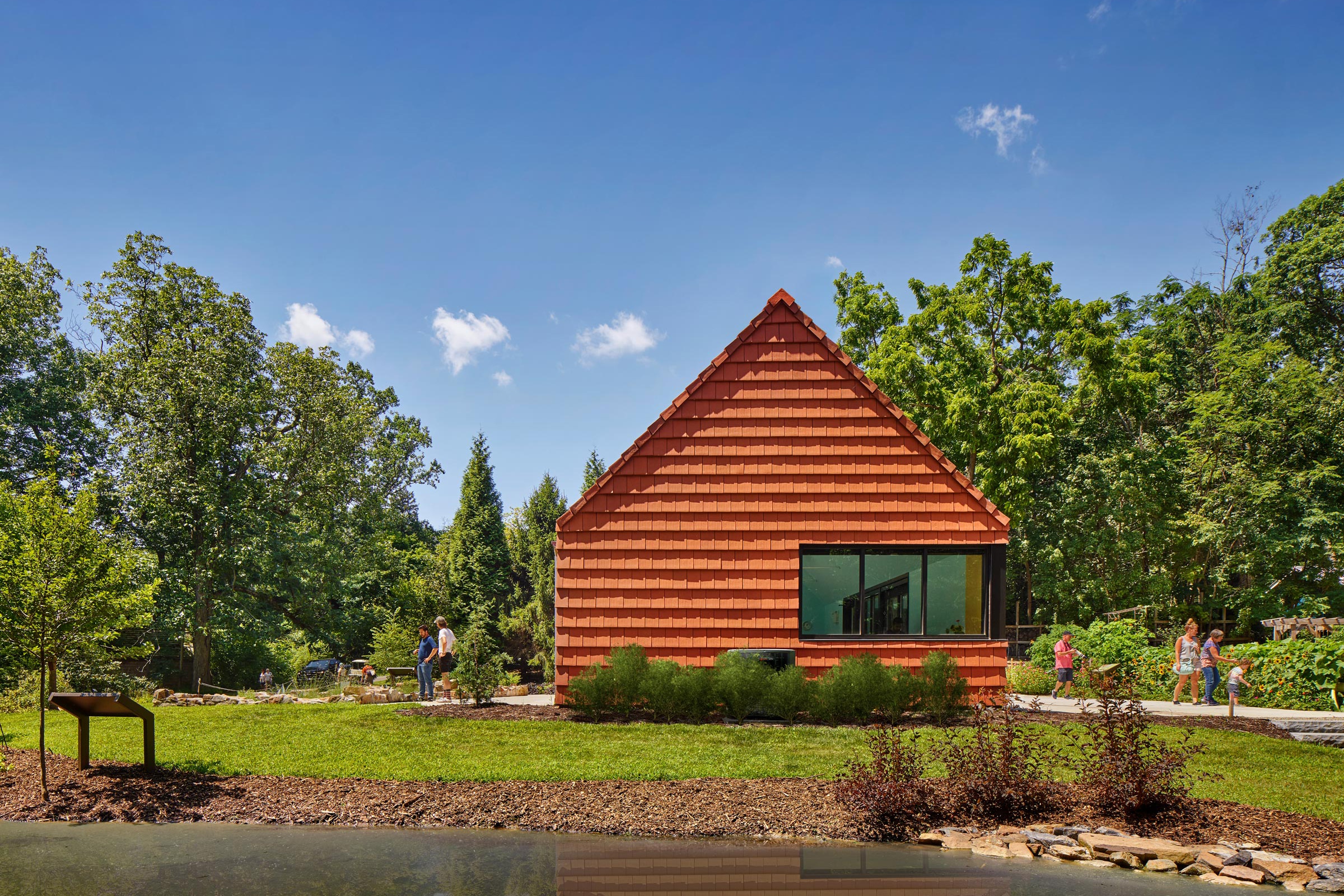
Ludowici wanted to create a structure that would not only withstand time but also evolve and become a part of the natural environment. Photo by Halkin Mason Photography
With such thoughtful design and planning, all parties report that the execution has proceeded without any major obstacles. Colbert says that when developing a new building system, a good contractor is essential to successful installation. With the Tyler Arboretum, Gillespie Contracting played that crucial role. “There were a lot of custom details that needed to be designed and installed and Gillespie did a great job in assisting and executing those details,” he says.
Even for Colbert, who has been working with these materials for years, the Tyler Arboretum project stretched beyond his imagination of what might be possible. “We’re mostly known for roofing, but [DIGSAU] came to us because we can do so many shapes and colors and whatnot and they thought, ‘Why not use it on the walls?’ DIGSAU helped us push the limits on everything, and no one was afraid to take a risk. It’s really stretched our idea of what we can do.”

